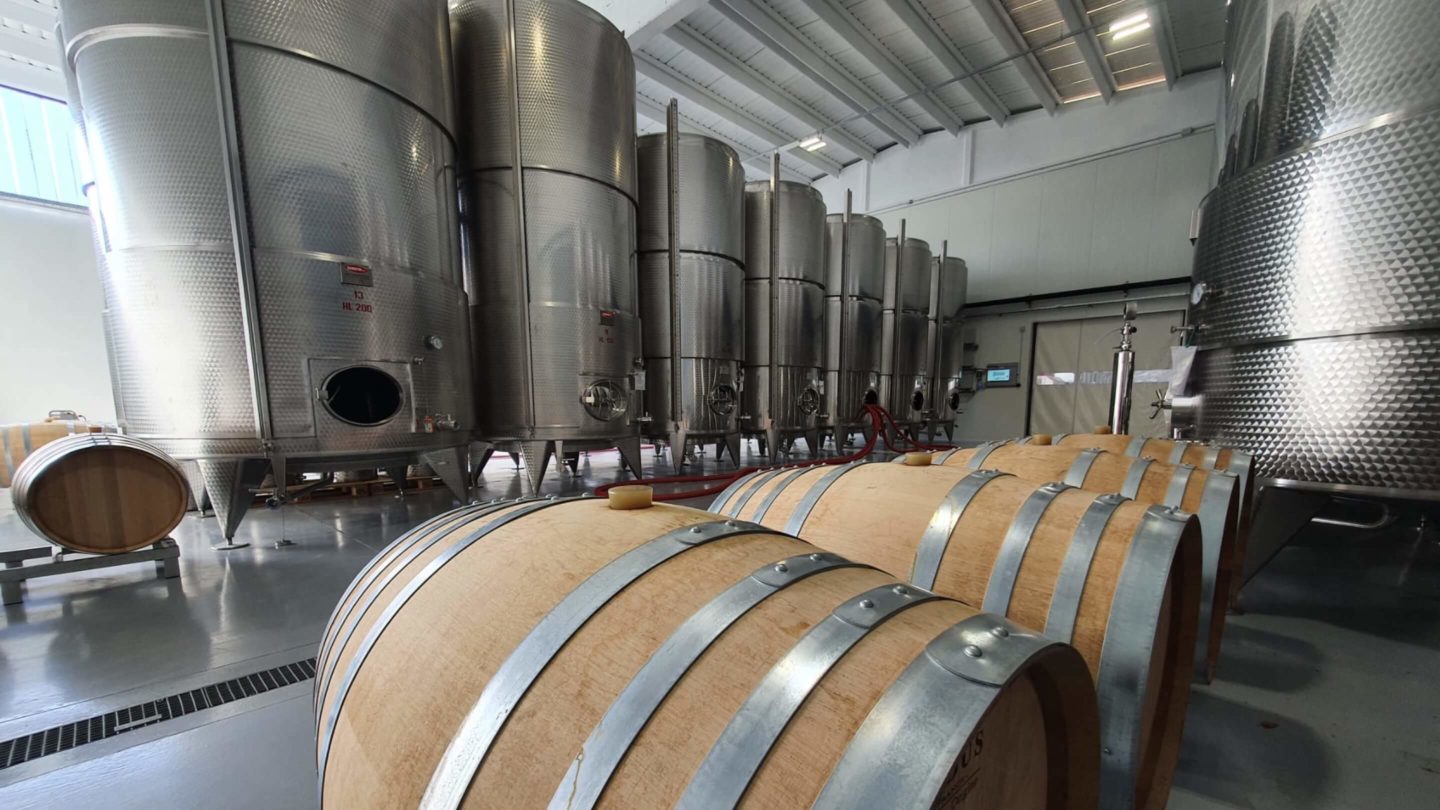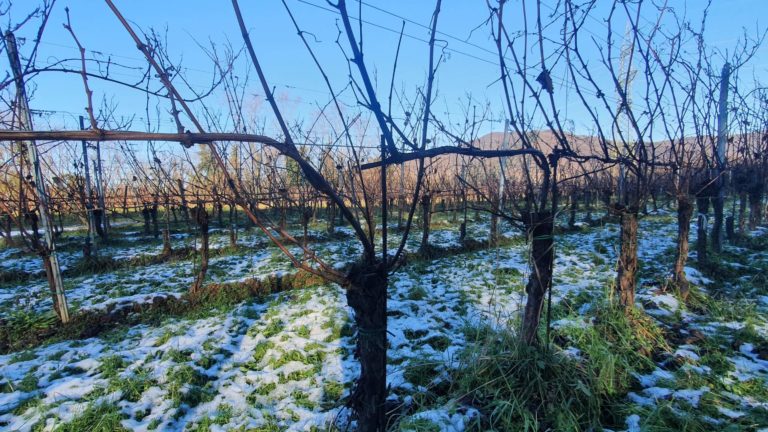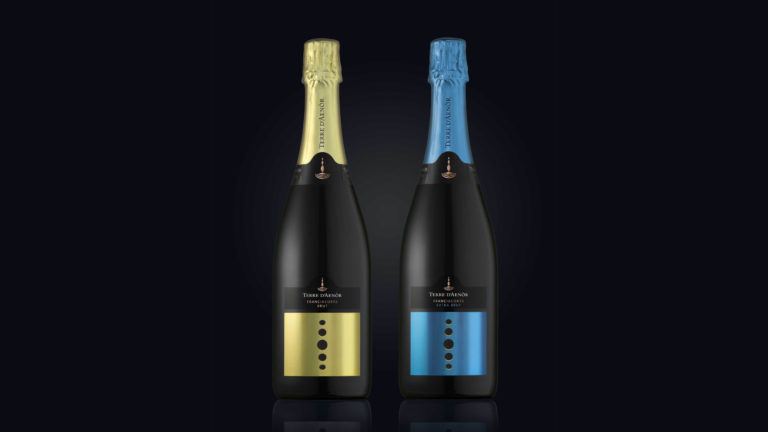Winter in the wine cellar – a place in constant transformation
Winter is an important season even in the wine cellar. While wine from previous years is being packaged and put on the market for sale, the wine recently harvested is in the middle of its resting phase in steel or wooden barrels.
Ermes Vianelli prefers to think of it as more like a stasis than a rest, because at the end of the fermentation phase there is an absence of the typical ascending movement generated by the carbon dioxide. Having said this, even in this phase important changes take place which contribute to the character of the final wine.
Winter in the wine cellar – focus on the maturation on top of the fine lees
Amongst the most important transformations during the stasis phase of the wine in the wine cellar, it’s impossible not to mention the maturation which takes place on top of the fine lees (the dead yeast cells which continue to be important even post-mortem!) that are deposited at the bottom of the container due to gravity.
Helped by the “batonnage” operation (the remixing of the wine in the container) this maturation on top of the fine lees (also called noble lees) gives the wine a greater level of resistance against oxidation and notably reduces the use of sulfur dioxide (an additive which is responsible for the unpleasant headache following the consumption of alcohol) as well as the bitter notes. All of this happens in a natural and organic way.
Winter in the wine cellar – getting ready for spring
Ermes highlights that as the temperature drops there is a phase of limpid aging. A process of clarification of the wine and the stabilizing of the acidic components which prepare the wine in a natural way for the following phases which take place in spring.
This constant cycle requires careful attention and experience and year after year is able to surprise and wow both our team and those who appreciate our sparkling wine.







